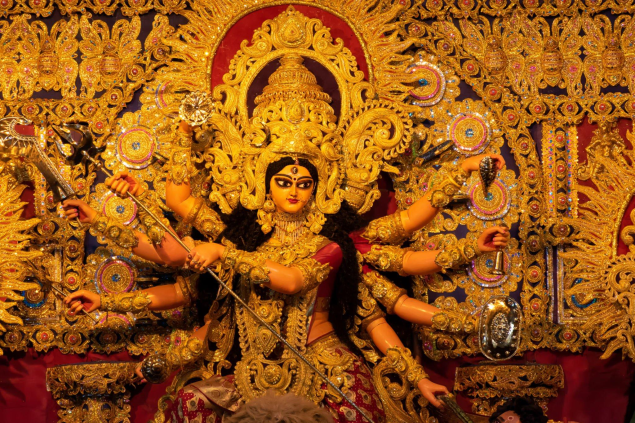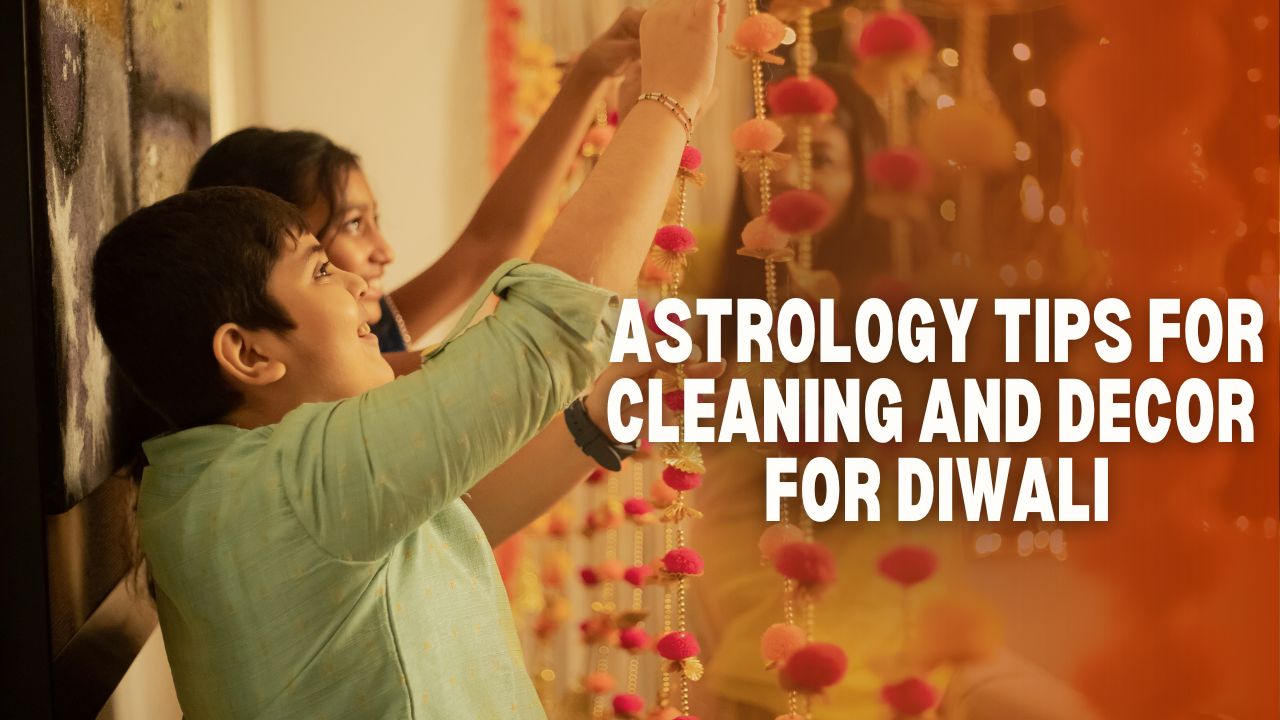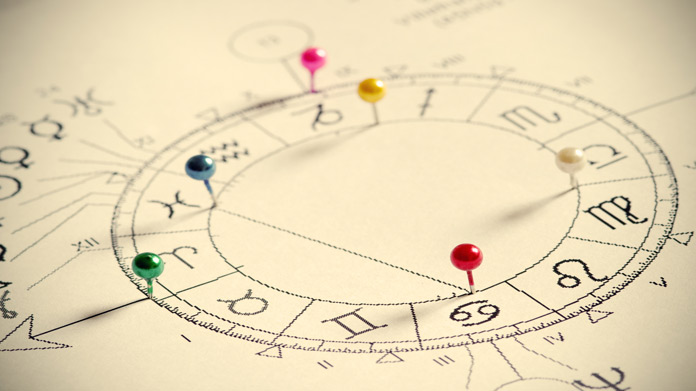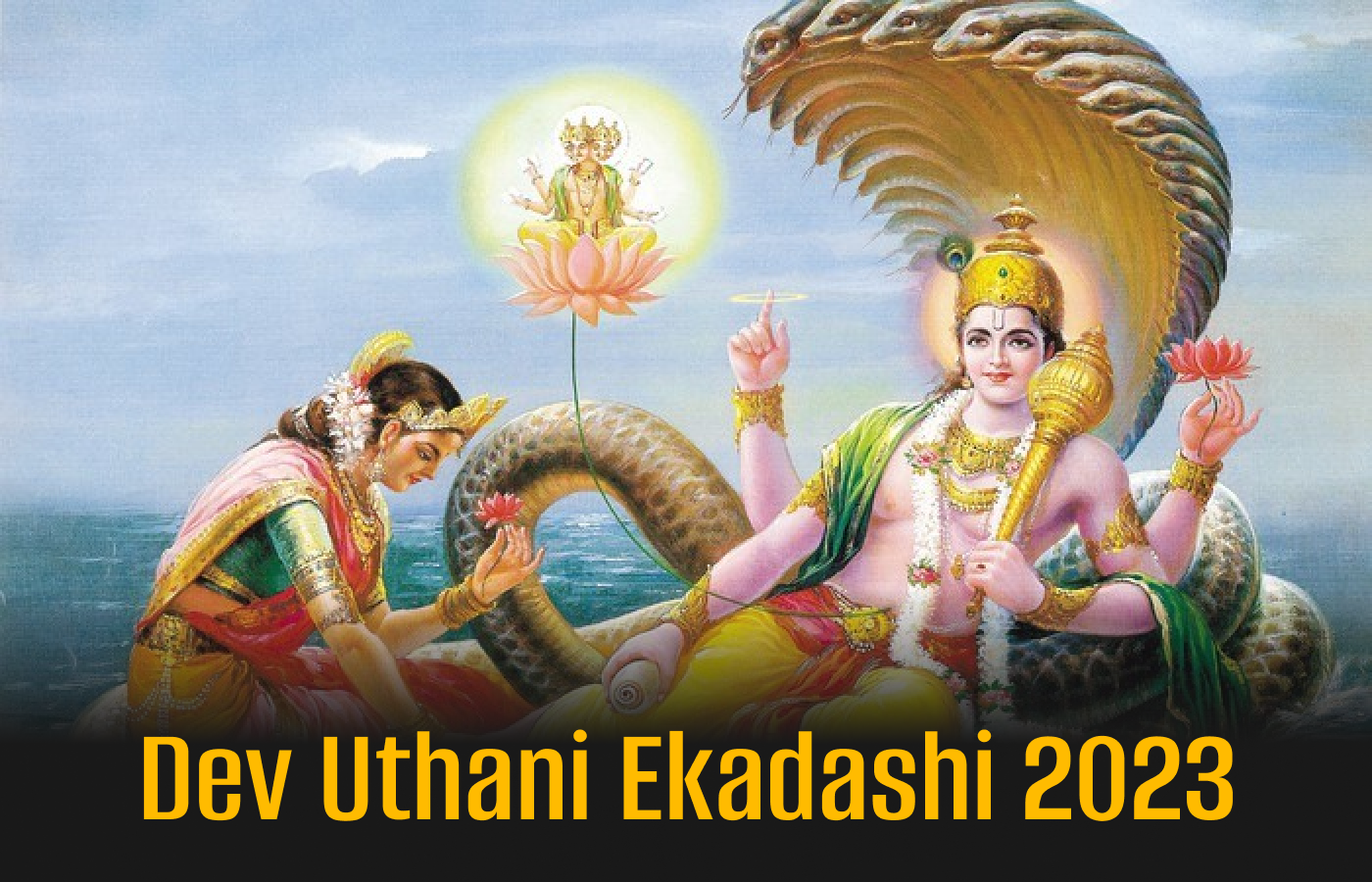9 Days of Navratra: Connect With Feminine Energy

The Navratra festival is celebrated four times a year, but out of four, only two are prominently celebrated across the world by Sanatan Hindus with great devotion and enthusiasm. Chaitra Navratra and Sharadiya Navratra are two major Sanatan Hindu festivals dedicated to Goddess Durga. During both times, the principal essence of the festival is the celebration of the victory of good over evil, respect for age-old traditions to keep the spirit of the festival alive forever, and worship of the feminine power, which is the force behind the existence of the universe.
What is Feminine Power?
Feminine power is the core strength of this universe, without which we cannot think about the life and existence of this entire universe. Navratra is the festival to celebrate Adi Shakti which is the root of the formation of an energy source that helps the universe sustain itself.
Navratra as the name denotes, is a festival of nine days and nights dedicated to the nine forms of the Devi Adi Shakti. During this festival, both women and men keep fast, but in most cases, it is women who observe fast and make all the preparations for the Devi puja. On the eighth or ninth day of Navratra small girls are worshipped, as it is believed small girls are an embodiment of Devi Shakti, the feminine power.
Navratra tells us about the spirit of women and the essence of womanhood. It tells us that when the power of men exhausts, we need to evoke the feminine power, the supreme power to awaken our inner soul and protect us from all the evils surrounding us. Maa Durga’s nine forms teach us about women’s nine different qualities and strengths. She has 10 hands, and each hand holds 10 different tools and weapons. It depicts women as multi-taskers by birth, and each of her strengths is like a weapon that either protects the family from evil eyes or provides the family with all the essentials needed for a good and comfortable life. Starting from the first ray of the Sun till the last ray and beyond, women in every form are manifestations of Devi Shakti. Women are essentially caregivers, but when in need, they can become both caregivers and providers, preservers and protectors.
As per Sanatan Hindu belief, even before the genesis of the universe, when nothing else existed, the omnipresent formless Divine Consciousness existed. It is also known as Shiva, the static consciousness in Hindu scriptures. After the genesis of the universe, before anything else was formed, from Shiva, the static consciousness manifested as Dynamic Consciousness and that was Shakti.
Due to Western influences, we somehow lost connection with Devi Shakti as they do not have this concept of feminine energy, Shakti. In due course of time, we even lost touch with our inner root strength, especially the powerful feminine energy that resides in each one of us, men or women. However, Navratra is the time that gives us a unique opportunity to reconnect with this inner power.
In this article, we explore the significance of Navratri and how it can help us connect to feminine energy.
Navratra is dedicated to Devi Shakti (divine feminine power) in the form of Maa Durga who is worshipped in nine different forms that represent her patience, love, grit, compassion, strength, courage and wisdom. Each day of the Navratra represents the Goddess in a different symbolism.
This Sharadiya Navratra, let us discover the symbolic power within ourselves.
Navdurga and 9 Days of Worshipping Feminine Power
Day 1 – Shailaputri
Maa Shailaputri, the daughter of the Himalayas, is worshipped on the first day. She is an embodiment of nature and purity. On this day, it is essential to discover our inner strength, which stems from the roots of our inner soul.
Day 2 – Brahmacharini
Maa Brahmacharini, the second form of Nav Durga, is an embodiment of dedication and austerity. Maa Brahmacharini teaches us the significance of discipline in nurturing the feminine power within us. We need to practise self-control to mobilise our inner strength.
Day 3 – Chandraghanta
Maa Chandraghanta is the third form of Nav Durga worshipped during Navratra. She is an embodiment of peace and serenity. Her crescent moon-shaped adornment teaches us about the need for calmness, peace and serenity in life. We need to embrace both the light and dark sides for a harmonious existence.
Day 4 – Kushmanda
Maa Kushmanda, the 4th manifestation of Nav Durga represents creativity and abundance. Maa Kushmanda is known to be the source of energy for the universe, and she teaches us that our creative potential is abundant. It is important to understand the creativity within us to demonstrate the feminine power within us.
Day 5 – Skandamata
Maa Skandamata is the 5th form of Nav Durga and she is known as the mother of Skanda (Bhagwan Kartikeya). She is the embodiment of motherly love and protection. She is nurturing and caring like a mother and hence she teaches us to protect and care for ourselves and the people around us, ensuring the well-being of everyone close to us.
Day 6 – Katyayani
Maa Katyayani the 6th form of Nav Durga is the warrior goddess and she is an embodiment of courage and fearlessness. She teaches us to confront our fears and challenges that come our way, helping us emerge stronger.
Day 7 – Kaalratri
Maa Kaalratri is the 7th form of Nav Durga and she represents a fierce appearance. She symbolises the destruction of negativity, evil forces, and ignorance. She teaches us to overcome obstacles on the way and to convert darkness into light, which means moving from negativity to positivity.
Day 8 – Mahagauri
Maa Mahagauri is the 8th form of Nav Durga. She is an embodiment of purity and enlightenment. She encourages us to sanctify our thoughts and actions. It helps in attaining a higher state of consciousness.
Day 9 – Siddhidatri
On the ninth day, we worship the 9th form of Nav Durga Maa Siddhidatri. She is the bestower of supernatural powers. It tells us about the boundless potential within us that we can use to achieve extraordinary feats.
Time for Self-Reflection and Attaining a Higher State of Consciousness
Navratri, or Durga Puja, is not just a time to celebrate and have fun; it is a time for a profound journey of self-realisation and strengthening the feminine power within us. It is time for self-reflection and attaining a higher state of consciousness by embracing the feminine power within us. You can engage in yoga, meditation, self-cleansing, detoxication, fasting, eating sattvic meals, celebrations, and spiritual activities to further amplify your connection to Devi Sakti, the divine feminine power.
For a personalised insight into how Navratri can connect you to the feminine power, you can consult a verified astrologer. A professional astrologer can guide you by looking at your unique birth chart.









